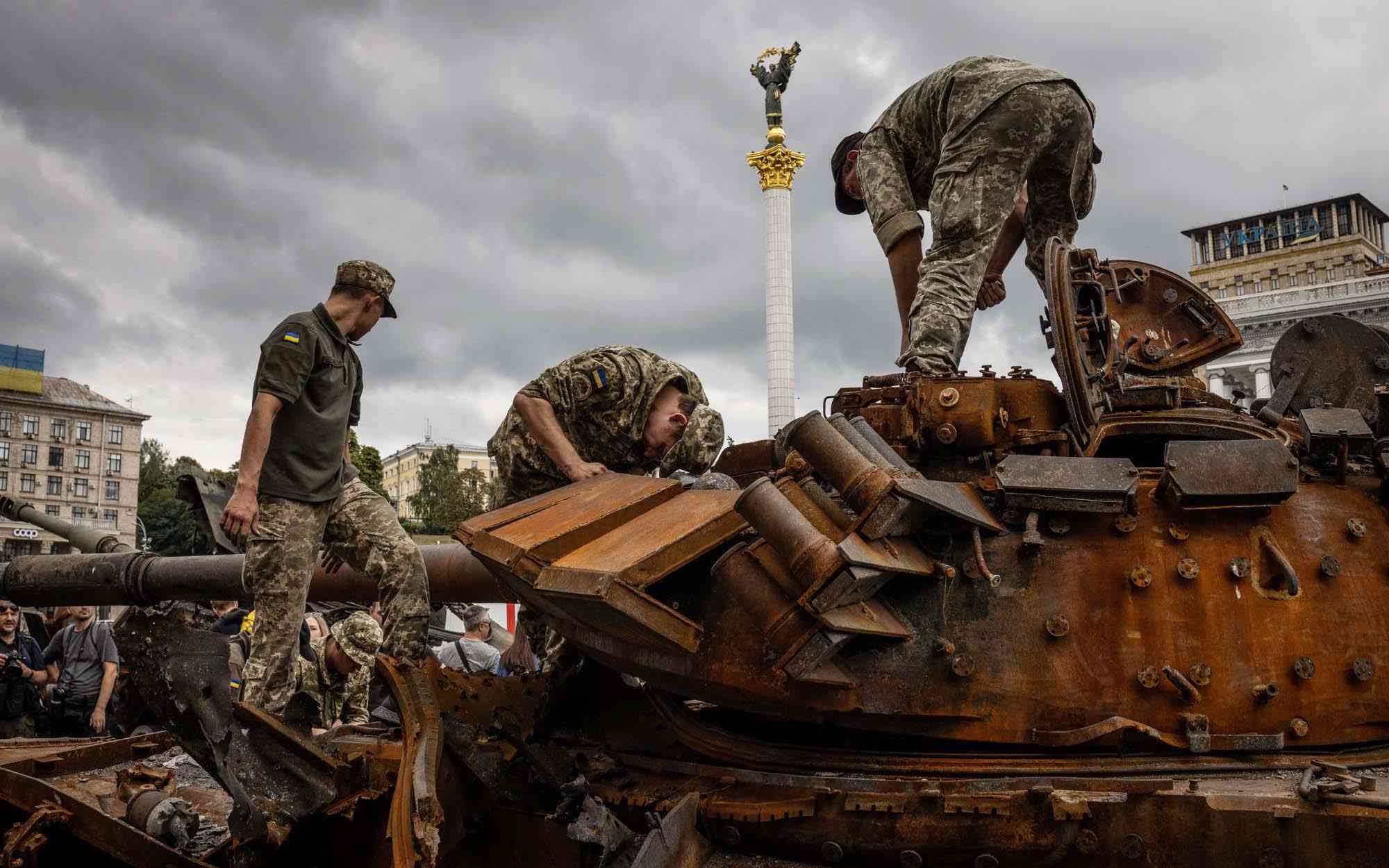
The annual pilgrimage of Arbaeen hits a crescendo in the holy city of Karbala in Iraq
The pilgrimage is one of the most significant events in the Shiite religious calendar when millions of Shiites and around the world come together to travel on foot to Karbala.
After running for nearly three weeks, the pilgrimage ends after the main celebrations tomorrow.
Arbaeen moves not only Shiites but also members of Iraq’s other religious communities into action.
The holy tradition of Arbaeen emerged in Year 61 in the Hijri calendar (680 CE), 40 days after the martyrdom of Imam Husain ibn Ali, a grandson of Prophet Muhammad. The Imam and his supporters were slain in a battle in modern-day Karbala against the forces sent by the Damascus-based Yazid ibn Mu’awiya. The massacre of Imam Husain and his heavily outnumbered followers took place on the 10th day of the Islamic lunar month of Muharram, which is why the occasion is referred to as Ashura.
Imam Husain entrusted his message of tolerance and acceptance of others to the mothers, wives, and daughters of his slain companions. Captured by the army of the caliph, these women were forced to walk to Damascus in their grief. Yet they survived to spread the news of the Battle of Karbala and the divine message of the prophet’s grandson.
In remembrance of Imam Husain and the suffering of his women supporters, Shiite Muslims walk long distances on foot to Karbala to pay their respects to the Imam’s Shrine and that of his brother and companion, Hazrat Abolfazl al-Abbas, to mark the anniversary of the fortieth day after their killing.
Semi-official figures estimate that more than 15 million people participate annually in the Arbaeen walk, including visitors from many foreign countries arriving by car or through Najaf, Baghdad, and even Basra International Airports.
- Arbaeen: A pilgrimage of peace and tolerance
Keep Reading
Every year lovers of freedom travel long distances, each according to his own way of understanding Imam Husain’s cause. These crowds gather under the banner of the freedom that Imam Husain invoked in his call to ‘be free in your world’ which was addressed to all human beings and is a message of love, sincerity, and valor”, says Ali Abdul Jalil Shaabeth who is a research scholar.
this approach reminds us of our humanitarian responsibilities and how we must translate these duties into action through our behavior, our shared humanity, and our adherence to the principles of Husain ibn Ali’s revolution in Karbala.
The annual pilgrimage and the warm welcome of Karbala’s residents have played a pivotal role in bridging divides and fostering connections between different communities. Local residents regularly open their homes to visitors from other cities and keep in touch with their guests long after the event, often visiting them in their home cities. These bonds promote the strong foundations of Iraqi society and the peaceful co-existence of its diverse religious communities.
Togetherness and cooperation of communities is very much in evidence on the roads leading to Karbala during Arbaeen. Witnessing millions of people, regardless of their religious or national background, participating in and contributing to the security and the success of the observances, Arbaeen offers an ideal image of coexistence and the language of brotherhood and human fraternity.







